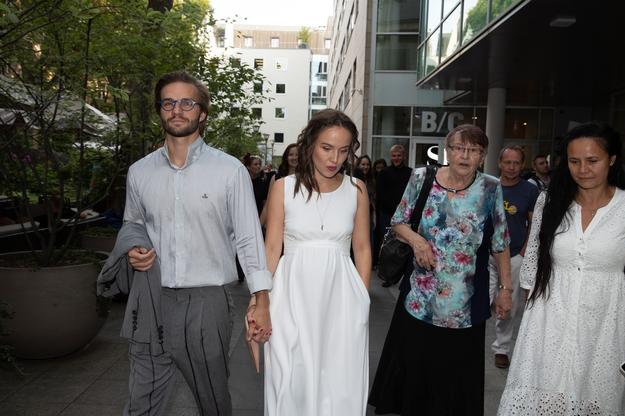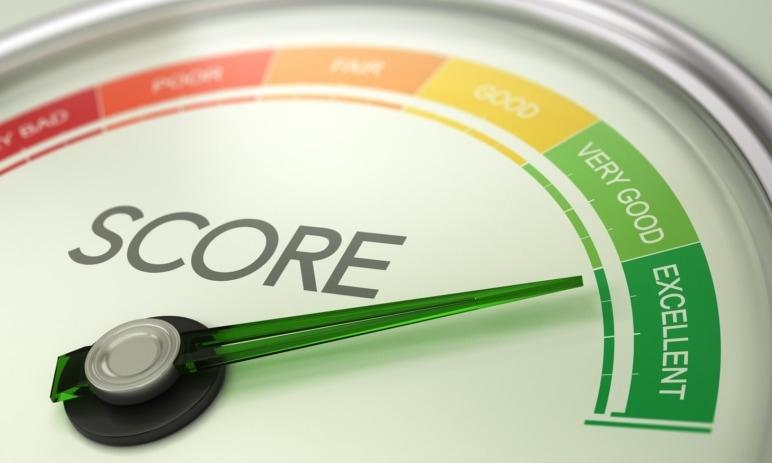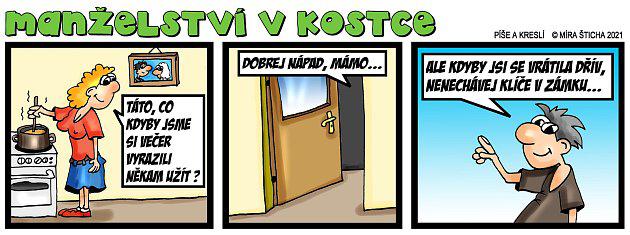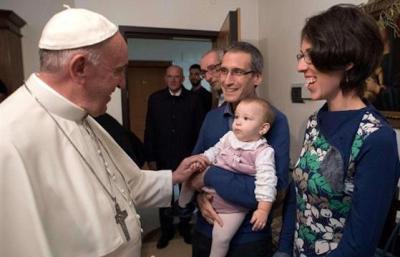Mom, my throat hurts! How do you recognize angina? And do antibiotics always help?<
The main "season" for angina is from November to April. This is due to the dry and changeable weather, as well as the fact that we spend most of our time indoors, where bacteria and viruses spread more easily.
VIDEO: Do you have a sore throat? We know how to get rid of her!
"Angina, together with bronchitis or bronchitis and otitis media (which is caused by bacteria but breaks out in connection with a viral disease, most often a cold), is one of the most common bacterial infections that affect preschool and school-age children," says holistic physician MUDr. . Bohumil Ždichynec.
What causes this unpleasant and relatively painful disease and why does it affect some children literally at any moment? The problem usually returns because of weakened immunity or simply because the disease has not been thoroughly treated. Therefore, never underestimate the time a small patient should stay in bed, do not end treatment prematurely, and pay attention to the necessary follow-up recovery. Most children experience sore throat during the winter and early spring.
Angina is caused by bacteria and viruses
It is an acute infectious inflammation of the tonsils, which is most often caused by streptococcal bacteria, but sometimes this infection is also of viral or, more rarely, fungal (fungal) origin. In contrast, the "common" cold is an acute viral inflammation of the upper respiratory tract.
How do you know when it's really about sore throat? "The main clinical signs of both bacterial and viral tonsillitis are usually severe sore throat, pain when swallowing and fever or fever. The mucous membranes of the palate and tonsils are usually red, the tonsils may be enlarged and accompanied by white coatings. The distinction in physical examination is usually not clear, in bacterial angina we observe more often enlarged cervical nodes, viral angina is again more associated with cough, rhinitis and conjunctivitis, "describes MUDr. Silvie Bajová, pediatrician from Na Homolce Hospital.
Children and diseasesAfter the virus right back to kindergarten? Don't underestimate the time for aftercare!
Bacterial sore throat, caused by streptococcal bacteria from the group Streptococcus pyogenes, can sometimes develop into sore throat, which is typically characterized by sore rash in more sensitive individuals. This is caused by toxins that are released into the blood by the bacteria present.
The symptoms of sore throat are:
Children and diseasesSleep angina in children can have a different course, antibiotics are a necessity
Diagnosis: reliably suggests a throat swab

The doctor will recognize angina according to the above-mentioned clinical symptoms, to which we can add enlargement of the lymph nodes, hoarseness, headache or abdominal pain, general fatigue and nausea. If there is no possibility of ancillary tests, there is also a scoring scheme to determine the greater probability of bacterial infection if certain criteria are met. Parents often ask the so-called CRP test in the pediatrician's office. It can distinguish bacterial infection from viral infection, but the most accurate (up to 90%) is a microbiological examination (mucous membrane smear and sample culture) or a rapid diagnostic outpatient test (so-called streptest).
Angina is treated with antibiotics
The disease needs to be treated in time, as it can cause serious complications. In angina, the doctor usually has to start treatment with antibiotics. "I definitely do not recommend treating angina at home without a visit to the doctor. As soon as unbearable sore throat and fever appear, a general practitioner, a pediatrician, should be sought to examine the child and determine the appropriate treatment. Untreated angina caused by streptococcus can damage the heart, kidneys or joints, "warns GP. Josef Štolfa.
Children and diseasesPneumonia in children: How does it arise and is contagious? These are clear symptoms
Antibiotics are prescription drugs designed exclusively to treat bacterial infections. They are not effective against viral diseases and only a doctor can distinguish a bacterial infection from a viral one and choose the most suitable medicine. To do this, a blood, urine or tissue sample must be taken and sent to a microbiology laboratory for analysis, where they will determine the exact type of bacteria and recommend appropriate treatment accordingly. In many cases, however, doctors rely on their experience to prescribe antibiotics only on the basis of external, recognizable symptoms so that they can start treating the infection as soon as possible.
Child diseasesOtitis media: How does it manifest and heal? And is it really necessary to "prick" the ear?
Treatment: follow the doctor's instructions!
If your child has been prescribed antibiotics, follow your doctor's instructions carefully. Medicines should be taken regularly, at precise intervals between doses, and not discontinued as soon as the offspring are relieved. Unless your doctor prescribes antibiotics for you, under no circumstances should you use antibiotics that have been prescribed for you in the past and that have not been taken or intended for someone else.
Antibiotics do not always help
Treatment of sore throat with the help of antibiotics is appropriate, but they only work in cases of bacterial infection. If the bacterial origin of the infection is proven, especially group A streptococcus, the drug of first choice is clearly penicillin (if the child is allergic to it, then another antibiotic). "Symptomatic therapy, ie relief from unpleasant symptoms, will help with viral tonsillitis. Gargling of solutions designed for this purpose, disinfectant tablets, non-irritating food, of course enough fluids and vitamins, nasal drops to relax the sinuses and rest, ie rest regime, is suitable, ”explains MUDr. Bajová.
If the child complains of severe sore throat, Priessnitz compress (cold wrap, which speeds up the healing processes in the body) can relieve, common drugs (preferably in the form of syrups) containing paracetamol or ibuprofen will help reduce the temperature, they are also an excellent treatment aid. gargles (in older children).
Health7 tips on how to get back in shape after antibiotic treatment
Don't underestimate the treatment of sore throat!
Doctors are urging parents to give their children antibiotics properly. Antibiotic syrups are the most suitable form for infants and young children. They are given much better than conventional tablets and can also be dosed more easily according to the child's weight. "It is important that parents strictly adhere to the prescribed dosage and time of administration. The dose cannot be reduced spontaneously even at the end of treatment, nor can the time of antibiotic administration be shortened - the result may be a return of infection or other complications, “points out Mgr. Aleš Krebs, Ph.D., President of the Czech Chamber of Pharmacists.
If the dosing interval is slightly extended, the error must be corrected immediately and the set dosing continued.


 Tags:
Tags: Prev
Prev







